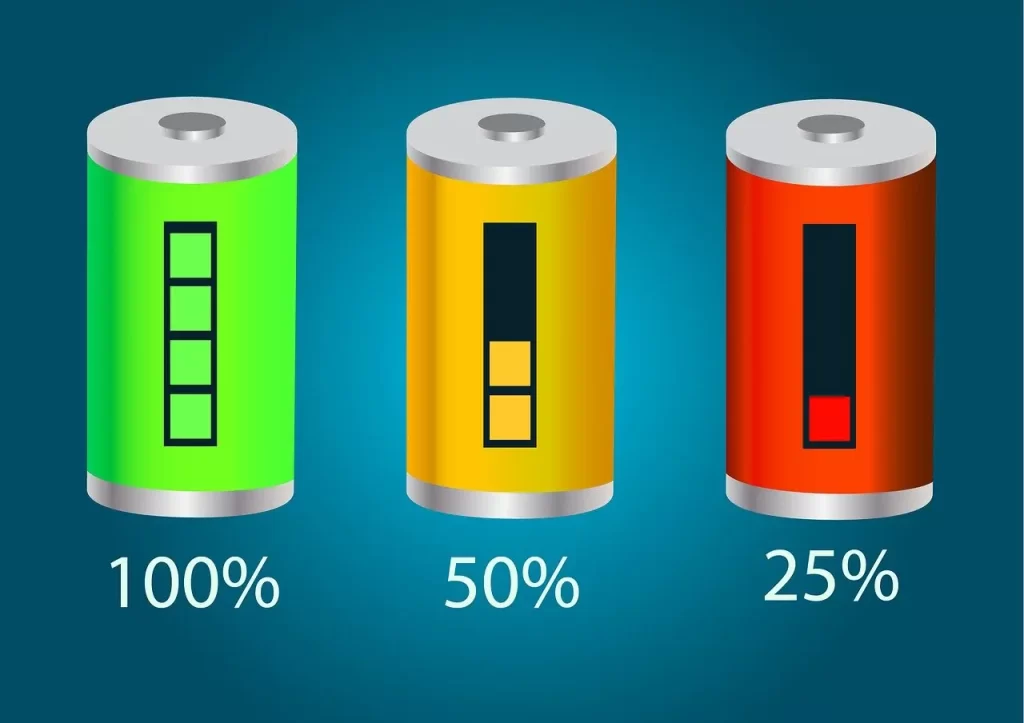
Depth of Discharge (DoD) is a measure used to describe the extent to which a battery has been discharged relative to its total capacity. It is usually expressed as a percentage. For example, if a battery has a total capacity of 100 ampere-hours (Ah) and 30 Ah have been used, the Depth of Discharge would be 30%.
Here’s how it works:
- 0% DoD means the battery is fully charged.
- 100% DoD means the battery is fully discharged.
Understanding Depth of Discharge is important for several reasons:
- Battery Life: Repeatedly discharging a battery to a high DoD can reduce its overall lifespan. Most batteries have a recommended DoD that maximizes their life cycles.
- Performance: The performance characteristics of some batteries can change depending on the DoD. For instance, certain chemistries may deliver less power when deeply discharged.
- Capacity Management: Knowing the DoD helps in managing the available capacity of the battery for various applications, ensuring that critical systems have enough power.
Different types of batteries have different optimal DoDs. For example:
- Lead-acid batteries generally have a recommended DoD of around 50%.
- Lithium-ion batteries can often tolerate deeper discharges, sometimes up to 80-90%, without significantly affecting their lifespan.
Monitoring and managing the Depth of Discharge is crucial for optimizing the performance and longevity of battery systems.
Related articles: What Is a Battery Management System?





